Product Description
Technical Details
The World’s Smallest Knitted Cord
Knitted, Not Braided or Twisted
6 Sizes
Ultrapak knitted cord comes in cords as small as size #000 to as large as size #3, making Ultrapak cord suitable for any clinical situation. The smaller cords are ideal for pediatric cases where carious lesions have extended beyond the gumline and as the first cord in the double-cord technique. The larger cords work well as the upper cord in the double-cord technique and for areas that have thick gingival tissues that require a significant amount of force to be retracted.
Uses
#000
- Use as lower cord in the double-cord technique
- Anterior teeth
- Double packing
#00
- Preparing and cementing veneers
- Restorative procedures dealing with thin, friable tissues
#0
- Lower anteriors
- When luting near gingival and subgingival veneers
- Class III, IV, and V restorations
- Second cord for double-cord technique
#1
- Non-impregnated #1 and #2 sizes are particularly effective for tissue control and/or displacement when soaked in coagulative hemostatic solution prior to and/or after crown preparations
- Use as a protective pre-preparation cord on anteriors
#2
- Upper cord for double-cord technique
- Use as a protective pre-preparation cord
#3
- Areas that have fairly thick gingival tissues where a significant amount of force is required
- Upper cord for use with the double-cord technique
Clinicals
Rapid Tissue Displacement
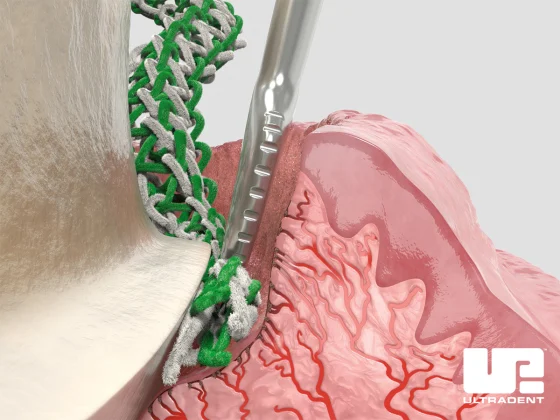

Ultrapak CleanCut
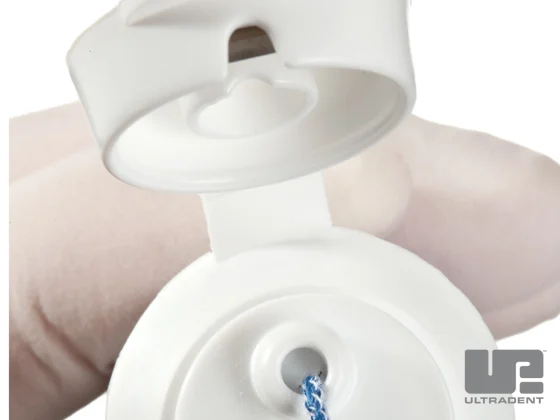
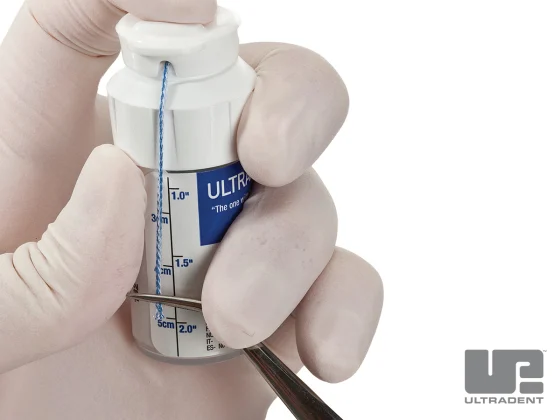
The One with the Stripe!™
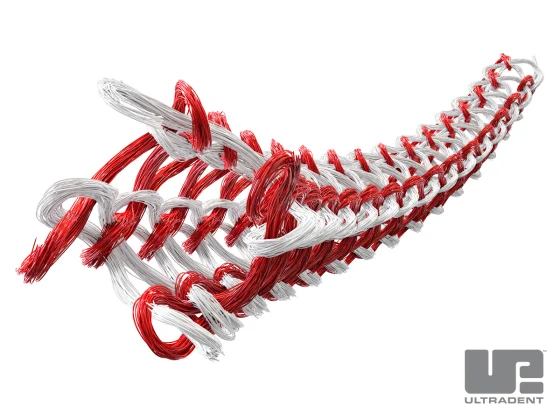
Videos
Procedures
Pre-Preparation Packing Technique
See Instructions for Use for complete instructions, warnings, and precautions.Step 1
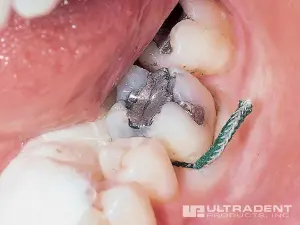
Step 2
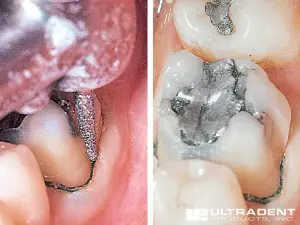
Step 3

HEMOSTASIS AND IMPRESSION. Rub the Metal Dento-Infusor™ tip against bleeding tissue as solution is slowly expressed. Rinse with a firm air/water spray to clean and check for complete hemostasis. If bleeding is noted, repeat these steps. If additional retraction is required, repack with appropriate-size cord. Air dry and make impression.
Double-Cord Technique
See Instructions for Use for complete instructions, warnings, and precautions.Step 1
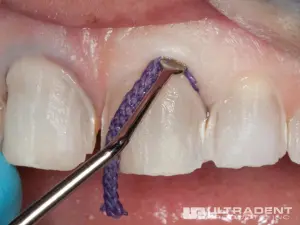
The most common challenges in getting a quality impression are adequate tissue retraction and sufficient moisture control. Try a double retraction cord technique combined with effective hemostatic agents to alleviate both.
FIRST CORD. Once hemostasis is achieved, carefully place a single cord–such as Ultrapak cord #00–as deep as possible into the sulcus. Use Fischer’s Ultrapak™ Packers packing instruments to place cords properly and efficiently.
Step 2
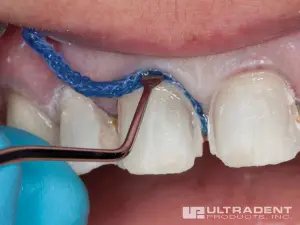
Step 3
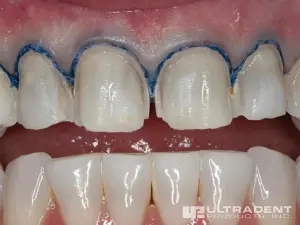


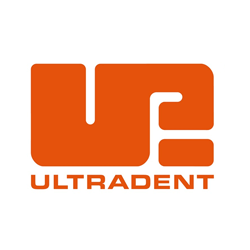

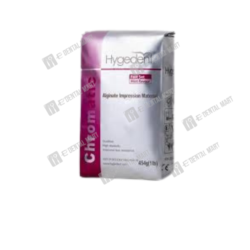
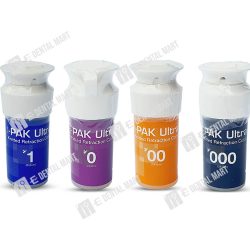



Reviews
There are no reviews yet.